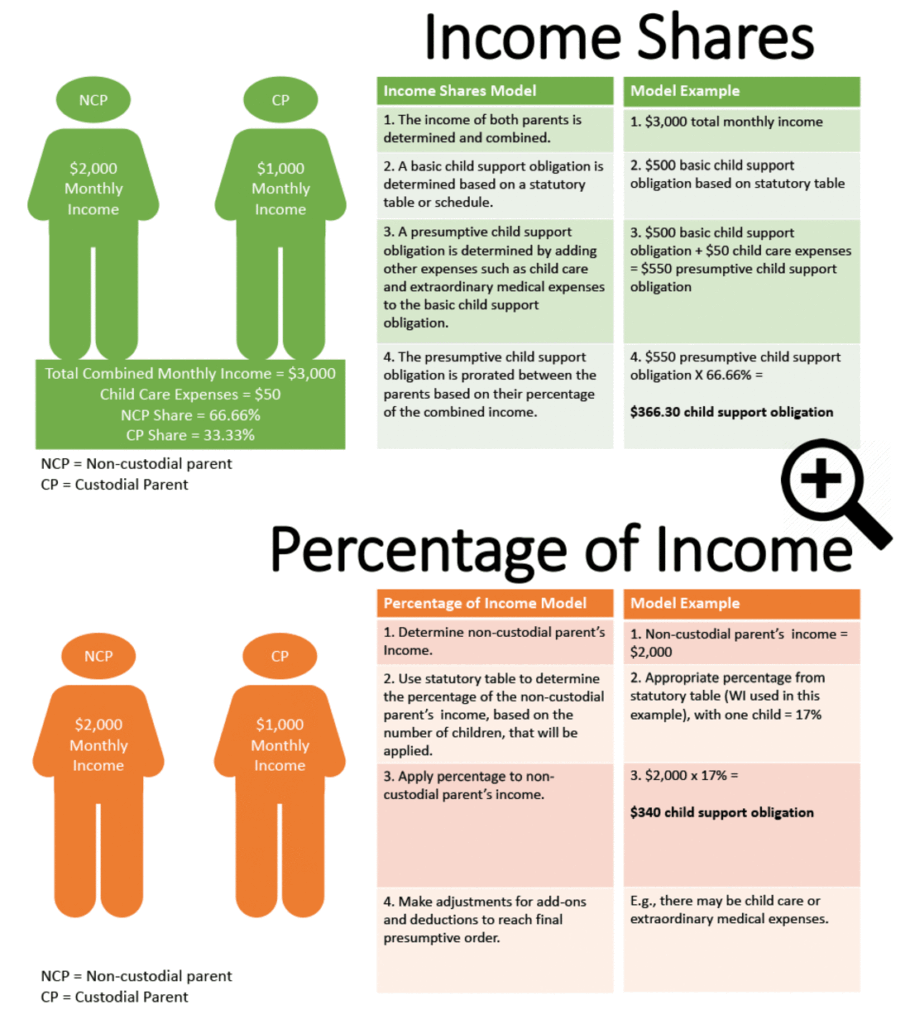
Navigating the complexities of child support can be challenging, especially when facing questions about why is child support so high. This article aims to shed light on the factors influencing child support calculations and provide a comprehensive understanding of how these amounts are determined. We’ll delve into the key considerations, including income disparities, custody arrangements, state guidelines, and legal implications, empowering you with the knowledge to better understand your child support obligations.
This article will explore the various factors that contribute to child support calculations, examining the impact of income differences, custody arrangements, and state-specific regulations. We’ll also discuss the legal considerations surrounding child support enforcement and modification, providing valuable insights for parents seeking clarity and fairness in this crucial aspect of family law.
Child Support Factors
Child support calculations are not arbitrary; they are based on a multitude of factors designed to ensure the financial well-being of the child. Several key elements influence the final amount determined by courts:
- Parental Income: A primary factor is the combined income of both parents. Courts consider each parent’s gross income, including wages, salaries, bonuses, and investment earnings. This ensures that the support obligation reflects the financial capacity of both parents to contribute.
Child’s Needs: The child’s age, health, educational requirements, and extracurricular activities all play a role in determining the appropriate level of support. The court aims to ensure that the child has access to necessities like food, shelter, clothing, healthcare, and opportunities for personal growth.
Custody Arrangements: Physical custody arrangements significantly impact child support calculations. When one parent has primary physical custody, they typically receive a larger share of the support payments as they bear the greater financial responsibility for the child’s daily needs.
- Number of Children: The number of children involved in the case directly influences the total child support amount. Courts often apply a formula that increases the support obligation proportionally with each additional child, recognizing the increased expenses associated with raising multiple children.
Additional Considerations
Beyond these core factors, courts may also consider other relevant circumstances, such as:
- Childcare Expenses: The cost of childcare can be factored into the child support calculation, ensuring that both parents contribute to covering these essential expenses.
- Health Insurance Costs: If one parent provides health insurance coverage for the child, the court may include a portion of those costs in the child support obligation.
- Special Needs: Children with special needs may require additional financial resources for therapies, medical care, or educational services. Courts will consider these unique circumstances when determining the appropriate level of support.
Income Disparities and Child Support
One common reason parents question why is child support so high is the presence of significant income disparities between them. When one parent earns considerably more than the other, the court aims to ensure that the higher-earning parent contributes a proportionally larger share to the child’s financial well-being. This helps bridge the gap and provide a more equitable distribution of resources for the child’s needs.
The calculation often involves considering both parents’ incomes as a percentage of their combined total. The higher-earning parent typically pays a larger percentage, reflecting their greater ability to contribute financially. This approach aims to ensure that the child benefits from both parents’ financial capacity, regardless of income differences.
Custody Arrangements and Support
Custody arrangements play a crucial role in determining child support obligations. When one parent has primary physical custody, they are typically responsible for providing the majority of the child’s daily care and upbringing. This often results in a higher child support payment from the non-custodial parent to help cover the costs associated with raising the child.
Conversely, when parents share physical custody more equally, the child support payments may be lower or even split proportionally based on each parent’s time spent with the child. The court aims to ensure that the financial support reflects the actual responsibilities and expenses incurred by each parent in providing for the child’s well-being.
State Guidelines for Child Support
Each state has its own specific guidelines and formulas for calculating child support payments. These guidelines are designed to ensure consistency and fairness within the state’s legal system. Parents should familiarize themselves with their state’s specific regulations, as they can vary significantly from one jurisdiction to another.
State guidelines often consider factors like parental income, custody arrangements, and the number of children involved. They may also include provisions for adjustments based on special circumstances, such as childcare expenses or health insurance costs. Consulting with a legal professional familiar with your state’s child support laws is essential for understanding your specific obligations and rights.
Legal Considerations in Child Support
Child support enforcement and modification are governed by legal procedures designed to protect the best interests of the child. Courts have the authority to enforce child support orders through various means, including wage garnishment, property liens, or even imprisonment in cases of willful non-payment.
Parents seeking to modify existing child support orders must typically demonstrate a significant change in circumstances, such as a substantial increase or decrease in income, a change in custody arrangements, or the child’s evolving needs. Legal counsel can guide parents through the modification process and ensure that their requests are presented effectively to the court.
Conclusion
Understanding why is child support so high requires a comprehensive understanding of the factors influencing these calculations. Income disparities, custody arrangements, state guidelines, and legal considerations all play crucial roles in determining the appropriate level of financial support for the child’s well-being. By familiarizing yourself with these key elements, you can navigate the complexities of child support with greater clarity and ensure that your child receives the necessary resources to thrive.
